Introduction
Web applications and websites play distinct roles in the digital landscape, each serving a specific purpose. A web application is a dynamic platform that performs specific tasks and interacts with users, while a website presents information in a more informative manner. Understanding the differences between these two is crucial in web development.
The complexity and purpose behind each platform differ, with web applications offering interactive features that keep users engaged. Recent technological advancements, such as blockchain, have highlighted the importance of secure solutions in web applications. With the ever-growing number of websites on the internet, businesses need to optimize their online platforms effectively to differentiate themselves.
In this article, we will explore the key features, user interface and experience, functionality and limitations, platform-specific capabilities, performance and updates, and security and control of web applications and websites. By delving into these topics, we can gain a comprehensive understanding of how these platforms function and how they contribute to the online presence of businesses and individuals.
Definition and Purpose
Web programs and websites perform separate functions in the digital ecosystem. A web application is a dynamic platform that performs specific tasks, operates on a web server, and interacts with individuals through a browser interface. It's akin to software that enables user engagement, data manipulation, and complex operations, such as an online banking system that processes transactions or a project management tool that coordinates tasks and teams.
On the other hand, a collection of interlinked web pages, often public, presents a combination of text, images, and other media to relay information. Consider it as a digital brochure or magazine, which might include an e-commerce store, a blog, or a portfolio. Websites serve a more informative purpose, whereas web programs provide functional and interactive elements.
In the realm of web development, the distinction between the two is crucial. The interface, or the 'client side,' of both web platforms and sites is what individuals interact with, but the intricacy and objective behind each differ. For example, JavaScript, which has been the dominant programming language for more than ten years, is crucial for developing the interactive functionalities of web apps that maintain engagement.
Developers must take into account the architecture and design of these platforms carefully to ensure they meet the needs of individuals and provide a seamless experience. In light of recent technological advancements, such as blockchain, the importance of secure, transparent solutions in web applications is growing, offering a new layer of trust and integrity in online transactions and interactions.
With a constantly increasing number of webpages joining the internetâaround 1.13 billion up until now, with a fresh one emerging every few secondsâthe rivalry for individual attention is intense. Only a small portion of these online platforms are in use, with the average site drawing in 20,000 visitors each month, and users usually examining seven pages per visit. This data exposes the vital role of web-based platforms and online portals in sustaining a robust online existence, emphasizing the necessity for businesses to distinguish and enhance their online channels efficiently.
Key Features Comparison
Comprehending the subtle distinctions between web platforms and websites is essential in today's digital environment, where both serve specific purposes. A web platform is a dynamic, interactive system that enables users to engage with complex functionalities like submitting forms, interfacing with databases, and accessing personalized content. For instance, RingsLog, a web application designed for cataloging book reviews, showcases the use of modern technologies like the Google Books API to fetch book information, illustrating the depth and interactivity possible in web applications.
On the other hand, online platforms function as digital pamphlets or showcases, providing mostly unchanging material with the goal of conveying knowledge rather than fostering engagement. Consider Armur, a portfolio in the film industry. It focuses on conveying the creator's vision and emotion through its content, highlighting the website's role as a storytelling medium rather than an interactive tool.
The advancement of web development emphasizes the significance of these platforms for businesses and individuals looking for a competitive advantage. Considering that more than 50% of web traffic originates from mobile devices and the demand for performance and speed surpasses that of aesthetics, it is evident that web experiences on mobile devices should not only be functional but also optimized. From recent trends and case studies, it is evident that the differentiation between web-based platforms and online portals is determined by their intended interaction and the level of difficulty in the functions they are designed to manage.
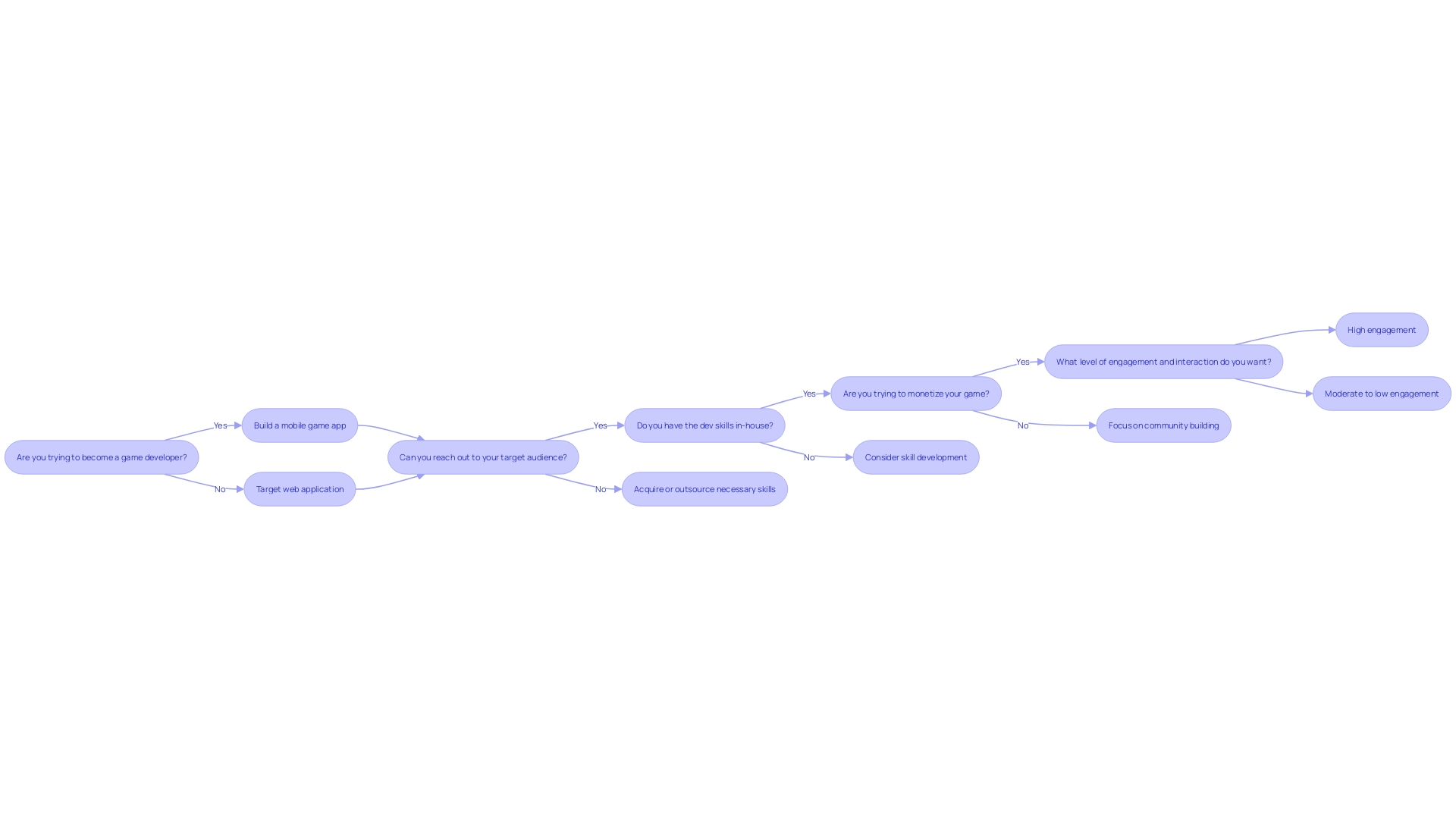
User Interface and Experience
Contrasting the interfaces of web platforms and sites exposes significant disparities in intricacy and engagement. Web-based platforms are created to be extremely interactive, providing individuals with the ability to perform a range of actions within complex multi-page or multi-sectioned settings. This level of interaction reflects the dynamic nature of web applications, which are often designed for specific functionalities and require input from individuals to operate effectively.
Websites, in contrast, are typically structured for simpler navigation, employing menus and hyperlinks to guide users through content. The focus for online platforms is on presenting information in an accessible and user-friendly manner. A prime example of this is the portfolio created for Alexandra Murgu by Artemii Lebedevâs project, Armur, which showcases a personal narrative through its design while maintaining a functional system with replicable patterns across its pages.
Current web design trends, as recognized by the team at Numiko, a reputable design agency, emphasize the significance of responsive design. This approach caters to a variety of devices and screen sizes, ensuring a seamless experience whether accessed via desktop, smartphone, or tablet. By focusing on the needs and behaviors of individuals, websites can deliver a consistent and intuitive interface that aligns with current digital standards.
Paul Boag, a digital product design expert, emphasizes the importance of eliminating friction from interfaces to prevent alienation and churn. He emphasizes the importance of continuous adaptation and refinement to meet evolving expectations. This is especially important in web design, where frequent usage requires an iterative design process to uphold a high level of satisfaction.
The incorporation of Web Content Accessibility Guidelines (WCAG) 2.1 additionally demonstrates the dedication to producing accessible and usable web content for a wide variety of individuals, including those with disabilities. By following these principles, designers can guarantee that both web-based platforms and online portals are not just practical but also accommodating, improving the overall digital encounter for all users.
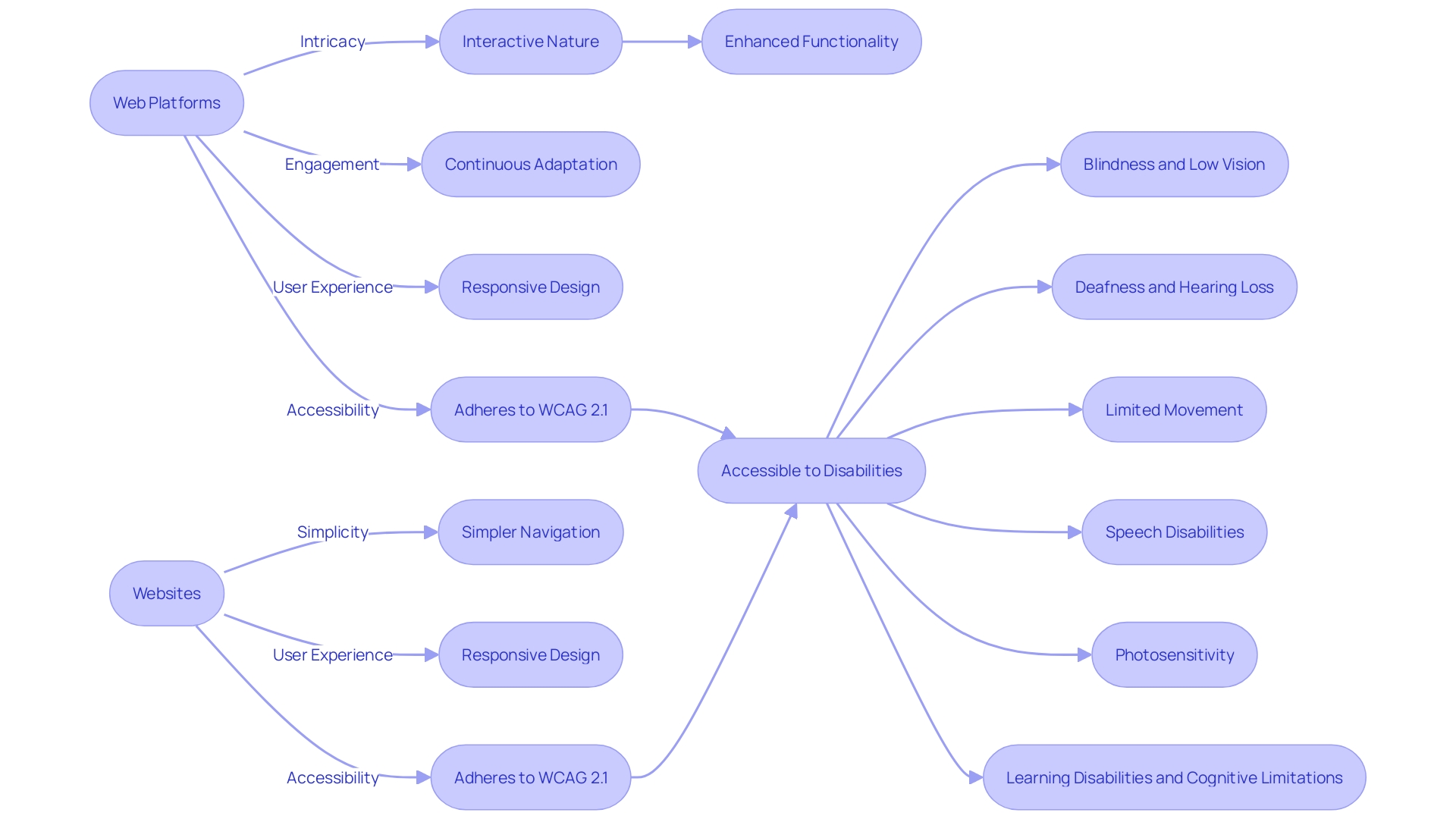
Functionality and Limitations
Web-based functionalities and online platforms play separate and unique functions in the digital ecosystem. While online platforms serve as digital brochures, offering static information through text, images, and videos, web-based programs are dynamic, interactive systems intended to execute intricate tasks and operations. Case in point, a portfolio website like Alexandra Murgu's project by Artemii Lebedev, which aimed to capture a person's vision and emotion, is an excellent example of how websites serve as an extension of one's personality and creativity with a stable structure across pages.
On the other hand, web applications are akin to software programs hosted on a server and accessed over the internet through HTTP/HTTPS protocols. 'They're constructed to handle data manipulation, user verification, and transaction processing, often showcasing real-time updates.'. This is evident in the way web programs have become indispensable in a post-COVID world, fostering remote work, online education, banking, and e-commerce.
The rise of Progressive Web Apps (PWAs) additionally obscures the distinction, providing a experience equivalent to native apps with benefits such as quicker loading times and offline functionalities. This innovation enables businesses to maintain a single codebase for diverse devices, reducing development costs and accelerating market entry.
Security, too, is crucial in web-based systems, considering the potential impact of cyber threats on user data and business reputation. As such, developers are embracing new tools and best practices to strengthen their software against breaches. This emphasis on security is highlighted by recent discoveries indicating that 43% of small businesses intend to prioritize performance of their online presence, which involves strong security measures, in their investments for the year.
Understanding these differences is crucial for entities looking to establish or enhance their online presence. While online platforms are the preferred means of delivering content, web-based services provide essential interactivity required in today's digital landscape, with security being an indispensable aspect of both mediums.
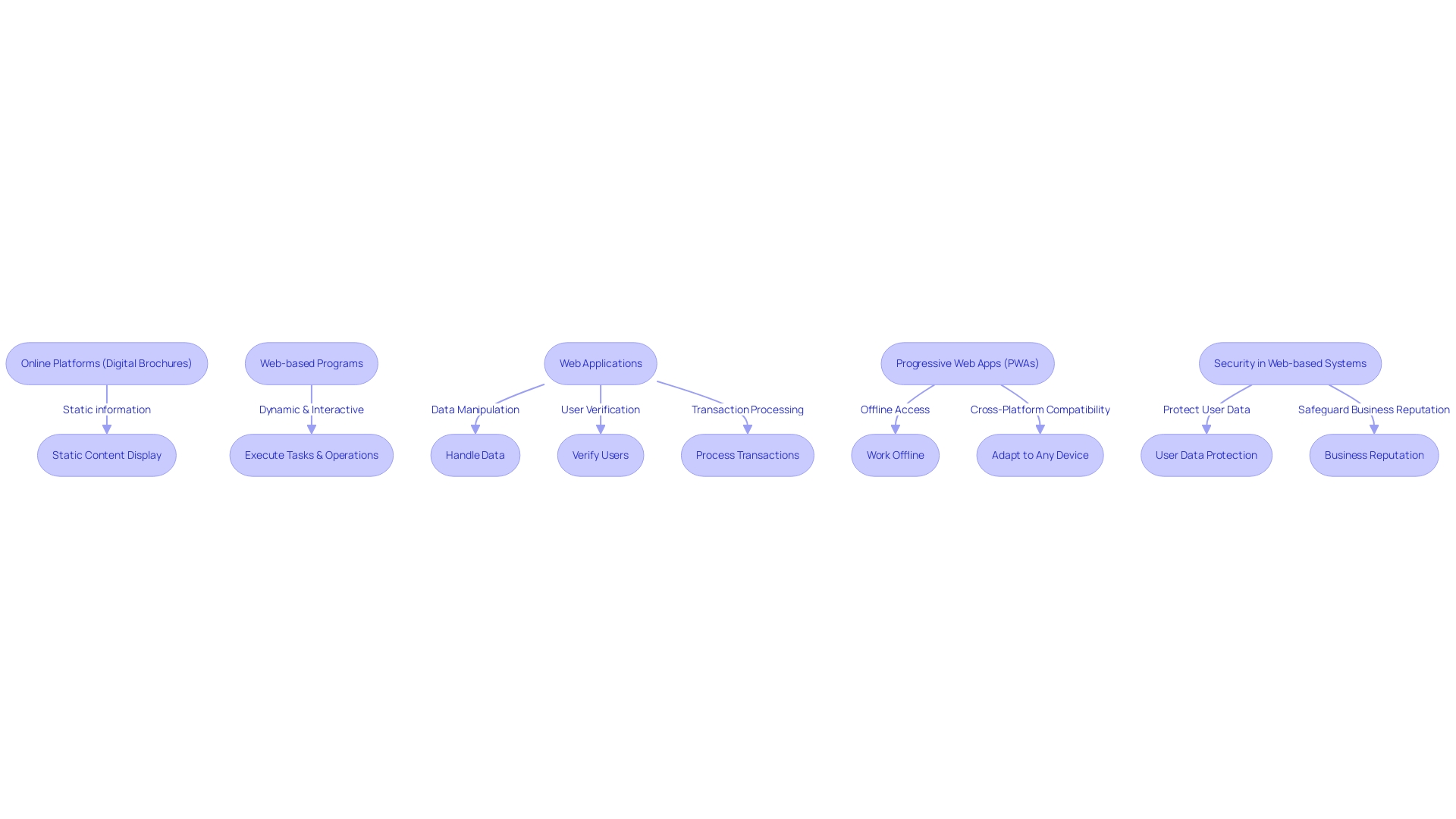
Platform-Specific Capabilities
Online platforms, crafted to exploit the unique capabilities of various platforms and devices, deliver a level of functionality that often surpasses what traditional websites can offer. By utilizing device-specific features such as cameras or GPS systems, web platforms can provide personalized, location-based experiences that are highly relevant to the user's context. Conversely, websites are designed to be platform-agnostic, ensuring broad accessibility across different devices through a standard web browser.
Web applications are commonly structured using a three-tier architecture, which includes the data, logic, and presentation tiers. This model supports a clear separation of concerns, resulting in more maintainable and scalable solutions. The data tier centers around data management and storage, the business tier deals with the business logic, and the presentation tier is accountable for delivering the user interface.
As web-based programs continue to play a crucial role in our digital livesâfrom remote work to online education and e-commerceâthe underlying HTTP/HTTPS protocol provides the backbone for these server-client interactions. This structure not only enables effortless communication between servers and clients but also promotes the growth of responsive, efficient, and scalable web systems.
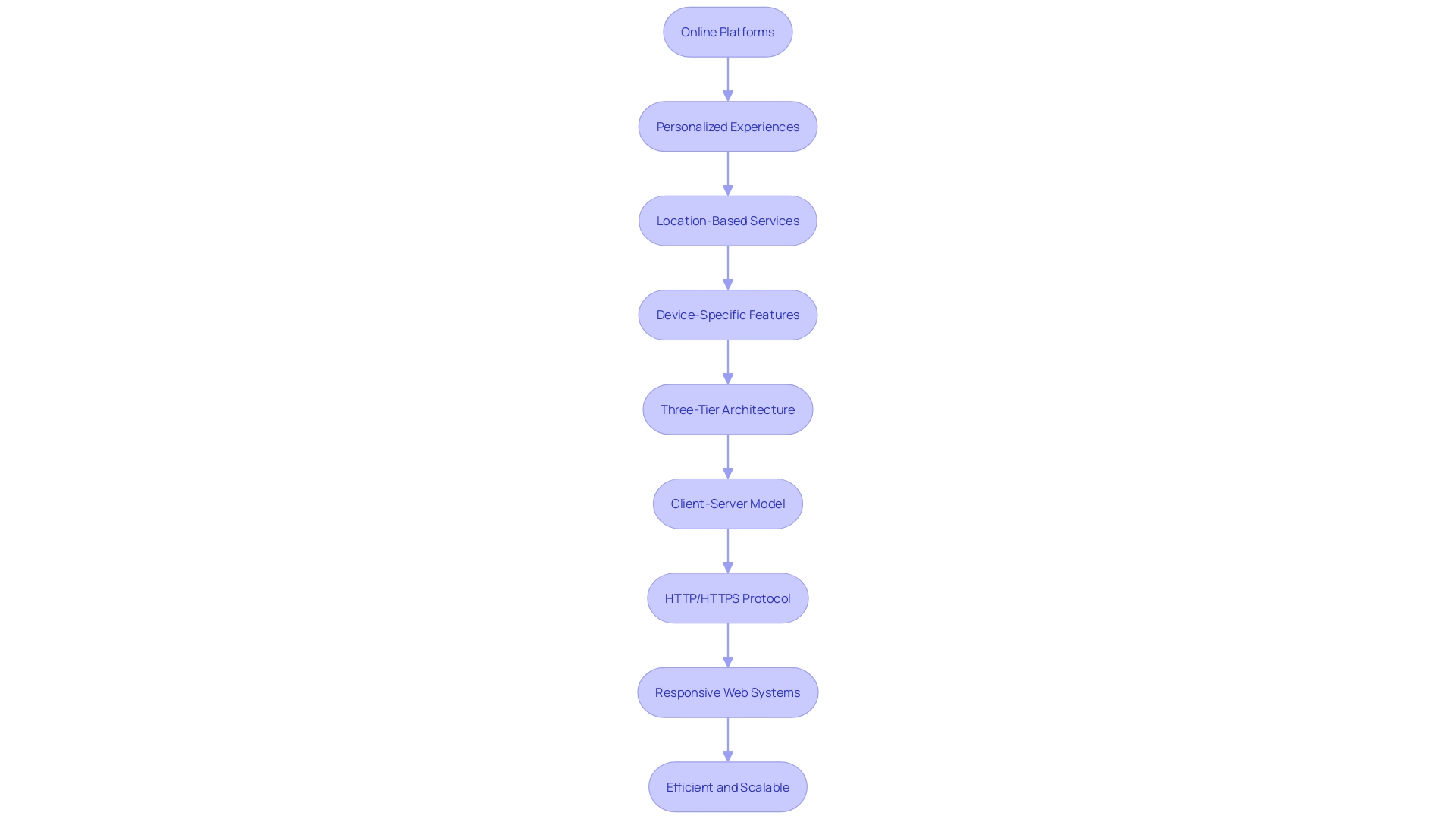
Examples: Zoom Web Client vs. Desktop Client
Zoom, renowned for enhancing human connections through its one-stop collaboration platform, showcases the clear distinction between web applications and websites. The Zoom web client, accessible via a browser, allows individuals to participate in online meetings, facilitate webinars, and utilize a variety of features without any downloads. In contrast, the Zoom desktop client, which requires installation, broadens the spectrum with advanced functionalities like screen sharing and recording sessions. These two variants, while coming together towards the aim of smooth online communication, diverge in interface design, functionality depth, and platform-specific capabilities.
Reflecting on the broader digital landscape, the debate on managing digital data echoes the ongoing evolution of web-based tools. From calculators that convert inputs to specialized quizzes predicting outcomes, these utilities exemplify web tools' interactive nature. Moreover, recent updates to the Zoom app for Windows and the effort to eliminate friction points in digital product design stress the importance of continuous innovation to enhance user experiences.
In the realm of technology news, Apple's next-generation CarPlay, featuring deeper vehicle integration and dashboard personalization, aligns with the trend of sophisticated software ecosystems. Similarly, Meta's restructuring to unify hardware and software experiences underlines the importance of cohesive design principles across digital platforms.
Statistics underscore the value of video interactions in remote work settings, with a Morning Consult survey revealing that video-enabled meetings boost productivity, engagement, and trust among professionals. These discoveries strengthen the importance of user-centered improvements in digital tools, whether via web-based platforms or websites, to maximize collaborative efforts in a digitized work environment.
Performance and Updates
Websites and web programs, while both vital to online presence, differ significantly in their design and functionality. Web-based programs, which frequently incorporate interactive characteristics and more intricate tasks, naturally require greater computational capability and resources. This computational intensity is demonstrated in the technical stack choices, such as Django, Tailwind, and HTMX, which are selected for their efficiency and suitability to the needs of the system. Regular updates are a staple for web applications to maintain performance at its peak and to keep security tight, especially in an era where the web's creator, Tim Berners-Lee, emphasizes the importance of addressing issues like power concentration and data privacy.
On the other hand, online platforms usually function as a lighter, more static medium for delivering content. The evolution of an online platform concentrates on guaranteeing that information is displayed in a way that is accessible, engaging, and user-friendly, greatly influencing a company's online presence and reach. For instance, the revamp of Brocoders's website in 2020 aimed to create flexible web pages with a fresh look to effectively showcase services and engage audiences. Crucial functions like updated blog post pages and contact forms contribute to the experience without the need for constant technical overhauls.
The philosophy of 'make it work, make it right, then make it fast' applies aptly to web development, where the initial stage is to create functioning digital platforms, followed by refining them for correctness, and finally optimizing for performanceâwhich includes adherence to the latest Web Content Accessibility Guidelines (WCAG) 2.1, ensuring broad accessibility and a better experience across various devices and for individuals with different disabilities.
In considering the advancements and trends of the web, as reported in the comprehensive review by InfoQ and reflected on the Web's 35th birthday by key figures, it's clear that the approach to creating and maintaining web entities must be dynamic and forward-thinking. Performance evaluation, as highlighted by industry experts, is also critical in web development, providing insights into system behavior and informing improvements for a seamless user experience. Therefore, although online platforms may require fewer regular updates, the dedication to quality in both web-based programs and sites remains crucial to their achievements and significance in the constantly changing digital environment.
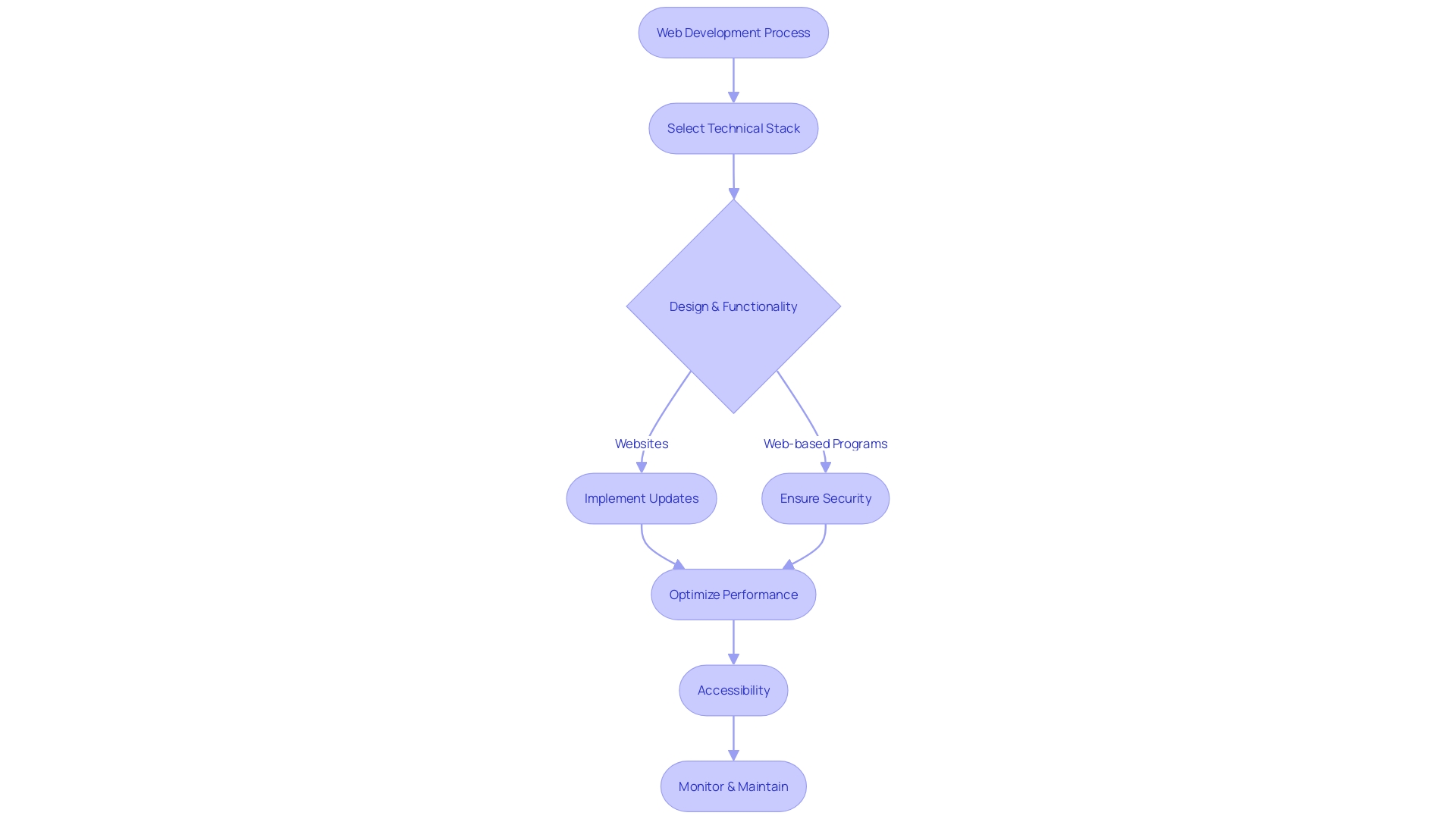
Security and Control
The security landscape for web apps and websites is intricate and requires unique approaches to ensure strong protection. 'Web platforms, which involve active and evolving systems, frequently manage confidential information of individuals and carry out complex tasks.'. Consequently, they require comprehensive security measures. Among the main defenses for web applications are authentication protocols, data encryption, and mitigations for web vulnerabilities like Cross-Site Scripting (XSS). These defenses guard against unauthorized access and protect personal and sensitive information—ranging from names and email addresses to banking details—collected during user interactions.
Conversely, online platforms often remain unchanged and mainly provide information. While they also face security threats, their security measures can be less extensive, focusing mainly on server security and defending against common internet threats. Nevertheless, as mentioned in a case study involving Hotjarâa service utilized by more than a million websitesâthe gathering of extensive quantities of personal data implies that even sites with seemingly simpler functions cannot disregard strong security practices.
Notably, the global nature of the internet exposes both web applications and websites to attacks from diverse locations, escalating the need for vigilant security protocols. Recent enhancements, such as Chrome's Safety Check feature, underscore the evolving efforts to combat threats like malicious downloads and compromised passwords. These security developments emphasize the importance of ongoing vigilance and proactive measures to maintain the integrity and trustworthiness of digital platforms.
Additionally, it's crucial to acknowledge that regardless of the widespread belief that security could be a secondary consideration, the Efficient Security Principle emphasizes that the level of security implemented is frequently counterbalanced with the demand from individuals for the service. This principle suggests that the security measures in place will be just enough to prevent users from abandoning the service due to security concerns. Meanwhile, statistics from web security practices emphasize the diverse range of attack types and the critical need to protect businesses from consequences such as cyber vandalism and data theft.
As security threats continue to evolve, so must the strategies employed by web applications and websites. Implementing best practices, understanding the nature of potential attacks, and leveraging tools and knowledge, such as those shared in security presentations and public resources, are crucial for maintaining a secure online presence.
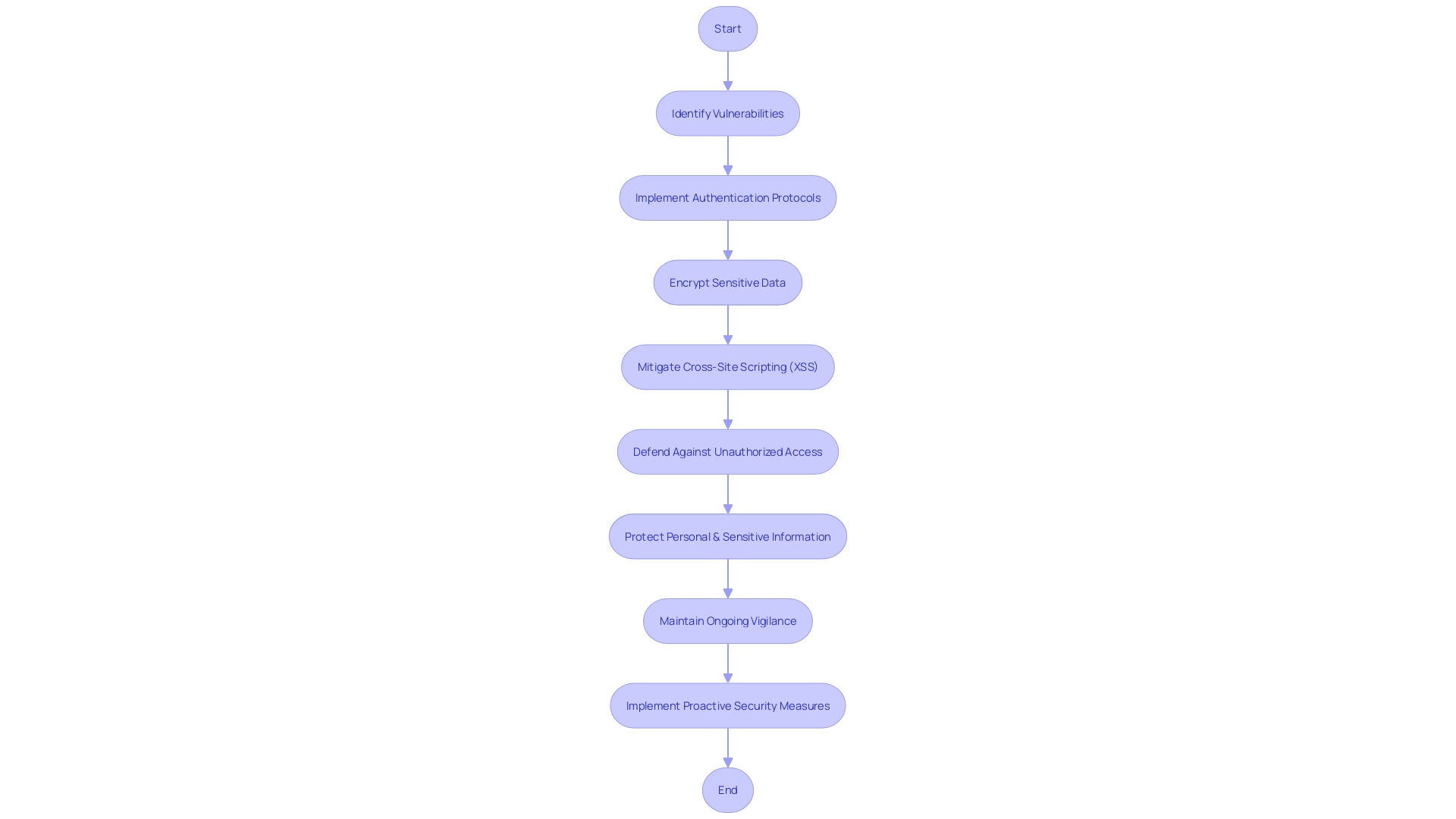
Conclusion
In conclusion, web applications and websites serve distinct purposes in the digital landscape. Web applications are dynamic platforms that engage users with interactive features and complex functionalities. They prioritize user interaction and require technologies like JavaScript.
On the other hand, websites focus on delivering static content and providing an accessible user experience.
Optimizing online platforms is crucial for businesses to differentiate themselves in the competitive online landscape. Responsive design ensures a seamless user experience across devices, regardless of whether it's a web application or a website.
Web applications handle complex tasks and operations, such as data manipulation and transaction processing. They require more processing power and resources to deliver their interactive features. Regular updates are essential to maintain performance and security.
Websites primarily serve as online brochures, delivering static information. They require less frequent updates but still need to implement server security measures to protect against security threats.
Understanding the differences between web applications and websites is vital for effective web development. By considering factors such as functionality, user experience, performance, and security, businesses and individuals can create strong online presences that provide a seamless user experience.
In summary, optimizing online platforms, ensuring responsive design, and implementing robust security measures are crucial for both web applications and websites. By prioritizing these aspects, businesses can stand out in the digital landscape and deliver exceptional user experiences.





